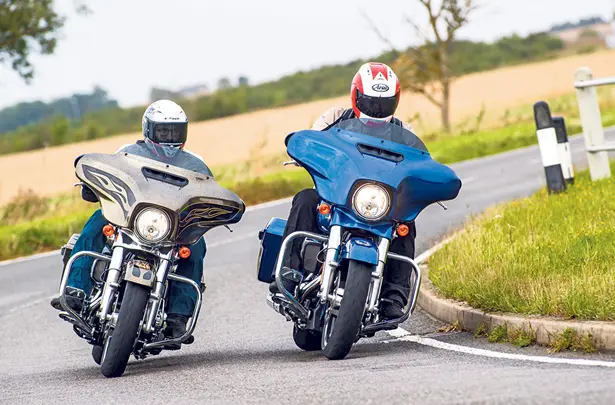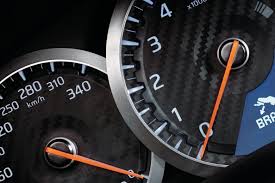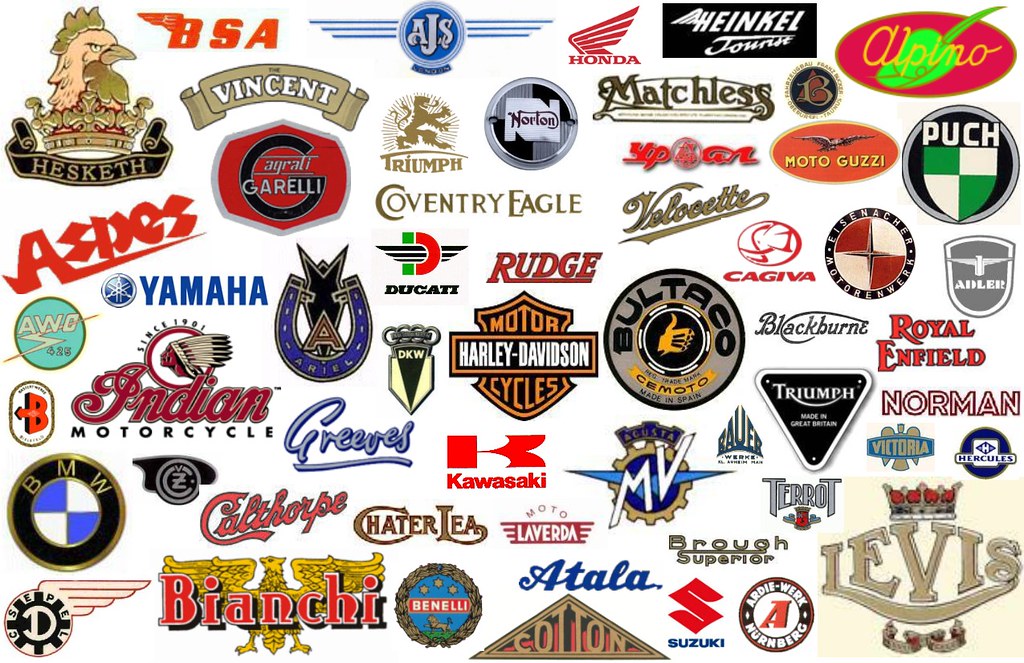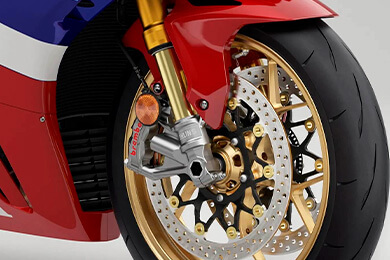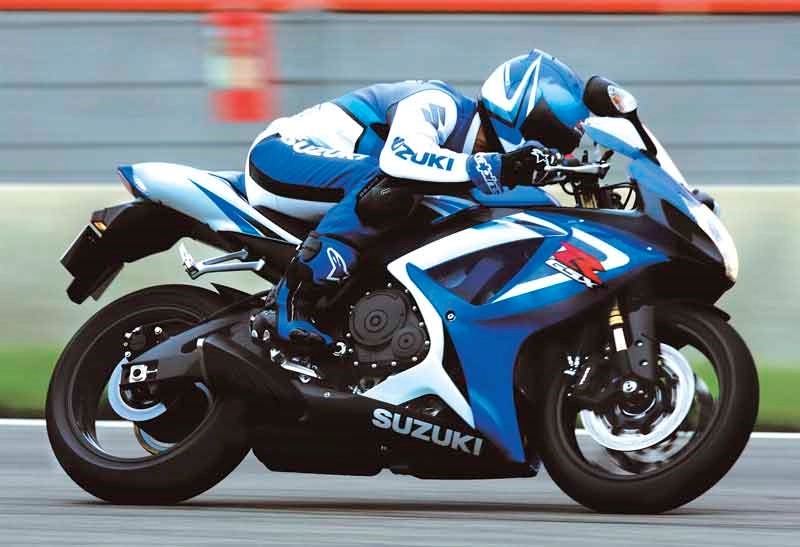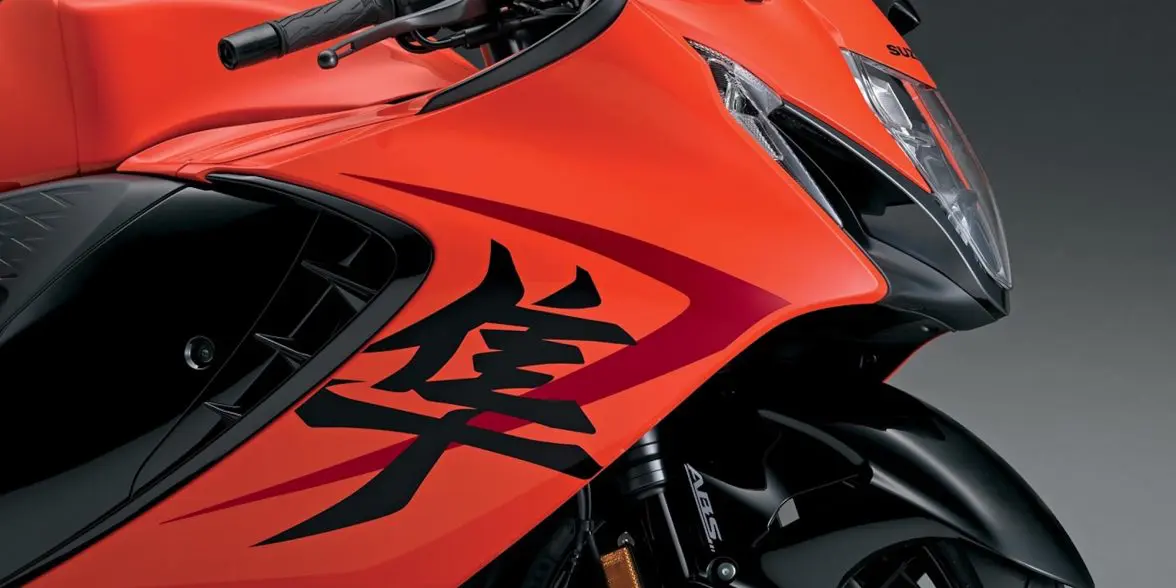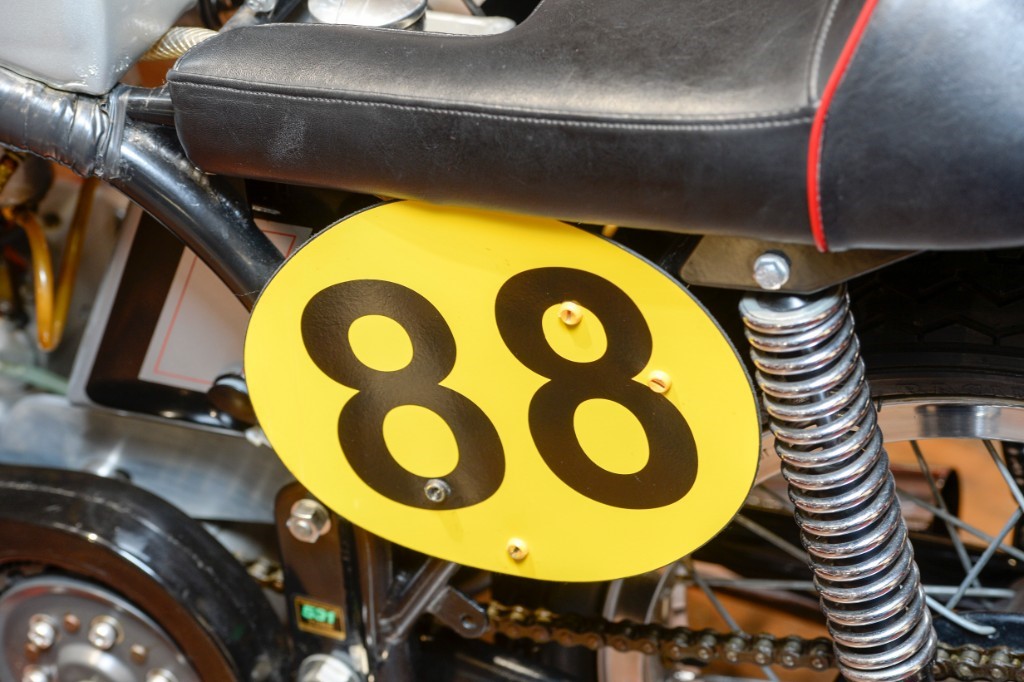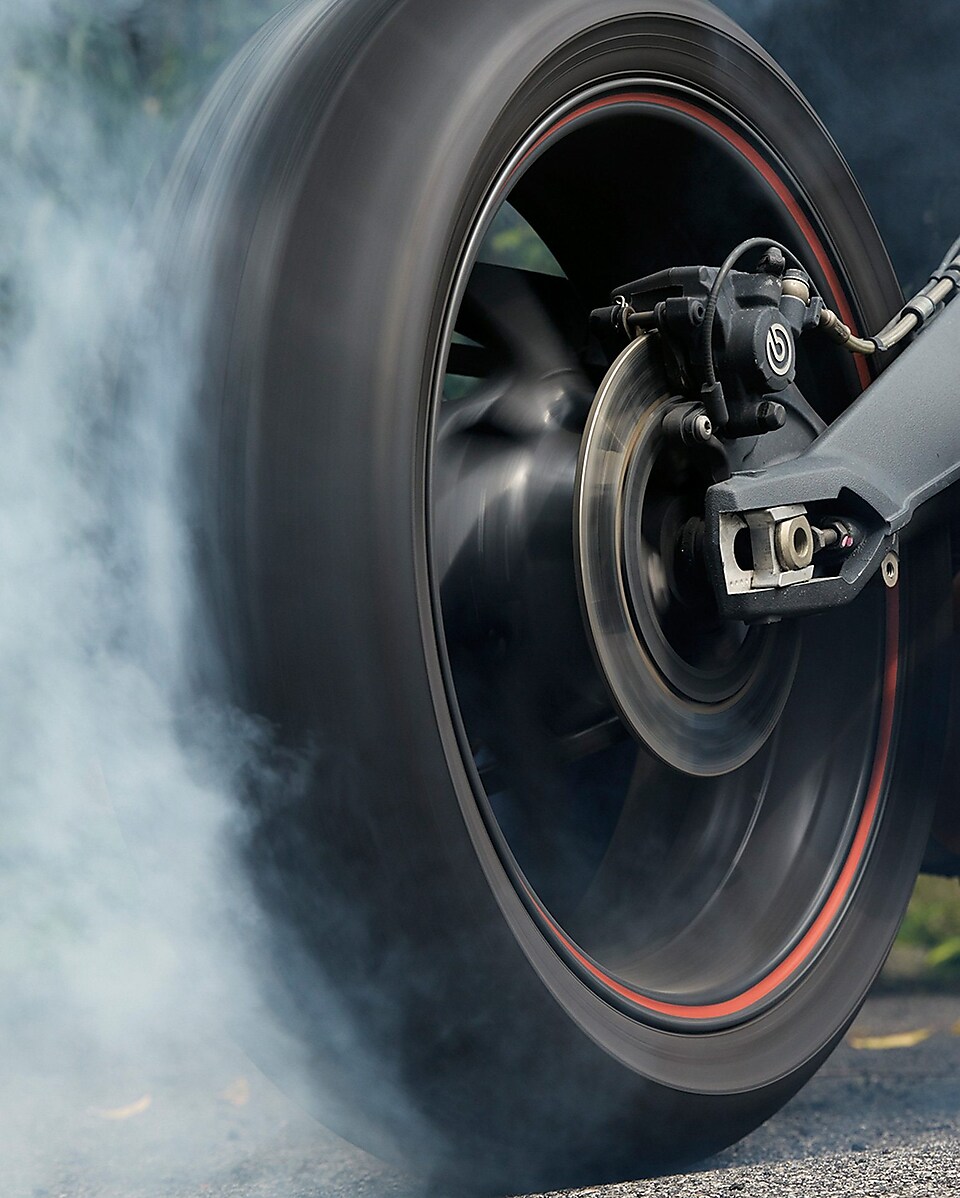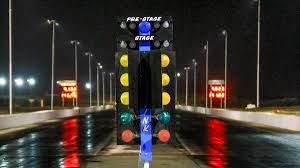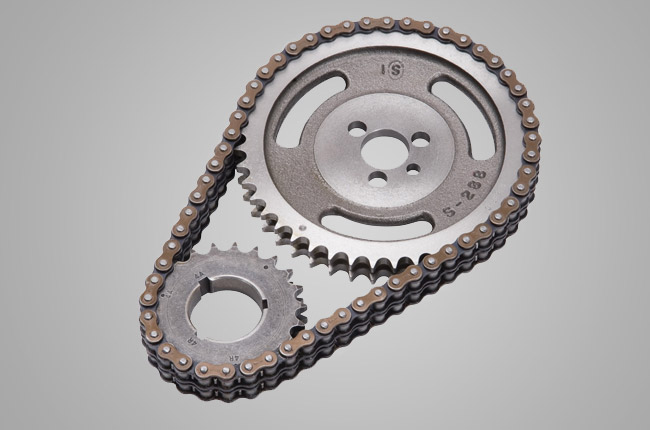


This edition of the Suzuki GSX 1100 G is the 5 speed / Manual version and was first brought out in 1994. This was at around the same time as the introduction of the 1995 Suzuki RGV 250 V-Twin and the 1994 Suzuki RGV 250 V-Twin.This particular Suzuki GSX 1100 has a 1127cc Air - Liquid cooled, Two stroke, Horizontal In-Line Petrol powerplant with 4 cylinders and Carburettor.
![Honda CB 750 SC Nighthawk S - [1984] image Honda CB 750 SC Nighthawk S - [1984] image](/editionimages/b/default.jpg)
An alternative Horizontal In-Line engine, Cruiser style motorbike includes the Honda CB 750 SC Nighthawk S - [1984]
The 1994 GSX 1100 shares its Horizontal In-Line engine and Cruiser style configuration with the likes of the 1984 Honda CB 750 SC Nighthawk S and the 1982 Honda CB 750 SC Nighthawk. Alternatively, if you're looking for other bikes which share the GSX 1100's Cruiser style with a similar size of engine then how about the 1984 Honda CB 750 SC Nighthawk S | 1984cc.1982 Honda CB 750 SC Nighthawk | 1982cc.
Weighing in at 280 kgs (617 lbs) this makes the Suzuki GSX 1100 G in the same weight category as the 2025 Honda X-ADV 745 or the 2024 Honda CRF 1100 L Africa Twin, give or take 50kg.
In terms of power the 1127cc 16 valve Horizontal In-Line 4 cylinder engine produces 100 bhp (74 kW) @ 7500 rpm similar to the 2025 Yamaha Tracer 9 GT+ [119 bhp (88 kW) @ 10000 rpm] or the 2025 Kawasaki Z 900 DOHC SE [123 bhp (91 kW) @ 9500 rpm].
The DOHC Two stroke unit throws out torque of 73.0 lb-ft (98.9 Nm) @ 4750 rpm placing it alongside motorbikes of similar performance figures such as the 2025 Yamaha YZF-R9 Triple [68.5 lb-ft (93.0 Nm) @ 7000 rpm] and the 2025 Yamaha MT-07 Twin Cylinder [50.0 lb-ft (67.7 Nm) @ 6500 rpm].
If one combines the weight with power or torque performance for the Suzuki GSX 1100 you can get a better idea of it's real world performance.
The 1994 Suzuki GSX 1100 G has a Power to weight ratio of 357.1 bhp per ton and 260.7 lb-ft per ton. Bhp Per Ton figures of the 1994 GSX 1100 competing with the 2016 Yamaha MT-07 Tracer 700 [381.6 bhp\ton] and the 2019 Yamaha MT-07 Tracer 700 GT [381.6 bhp\ton].
If you agree with the late great Carroll Shelby, then arguably an even better indicator of potential performance is Torque. Factor weight into the equation and you end up with - Torque per ton, with the Suzuki GSX 1100 generating around 260.7 lb-ft per ton. If you're curious as to what other motorbikes have as much torque to weight then look no further than the 2009 Kawasaki VN 1700 Classic [285.3 lb-ft per ton] and the 2011 Kawasaki VN 1700 Classic [285.3 lb-ft per ton].
With a 0-60mph time of 10.4 secs or a 0-100km/h (0-62mph) of 10.6 secs, this makes the Suzuki GSX 1100 G similar in acceleration to the 2020 Kawasaki Ninja 650 ABS (10.4 secs) and the 2020 Kawasaki Ninja 650 KRT Edition (10.4 secs). This Suzuki GSX 1100 G also competes in terms of 0-60 mph and 0-100km/h with the 2018 Honda CB 250 R Neo Sports Cafe (0.0 secs) and the 2020 Norton Superlight SS (0.4 secs).
![Suzuki GSX 750 F Katana - [2002] image Suzuki GSX 750 F Katana - [2002] image](/editionimages/b/default.jpg)
Quarter Mile time is a close race between the 1994 Suzuki GSX 1100 G and the 2002 Suzuki GSX 750 F Katana
When talking about the performance of the 1994 Suzuki GSX 1100 G on the drag strip it can reach a quarter mile in an estimated 11.5 secs @ 118 mph. Bikes with a similar performance down the quarter mile can be found in the 2002 Suzuki GSX 750 F Katana (11.5 secs) and the 1988 Honda VFR 750 F-J (11.5 secs).
The 1994 version of the Suzuki GSX 1100 G has a maximum speed of 136mph.
If maxing out your bike on the AutoBahn is your thing and you're wondering what's faster at the top end than the 1994 Suzuki GSX 1100 G then how about a 2024 Kawasaki ZX-10 RR Ninja Limited Edition (147 mph) and the 2024 Kawasaki ZX-10 RR Ninja (147 mph).


Suzuki TS 400 Apache - Hustler
Engine Capacity: 396 cc
Top Speed: 0 mph
Quarter Mile: 15.3 secs @ 0 mph




